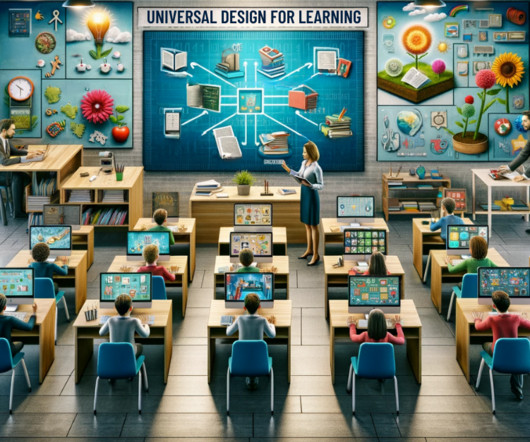Characteristics of The 21st Century Teachers
Educational Technology and Mobile Learning
JANUARY 3, 2024
For instance, a study by Louis and Marks reveals that schools with strong professional communities not only enhance student achievement and classroom organization but also lead to greater student engagement and reduced learning disparities. Brouwer & Korthagen, 2005; Ferrari, Cachia, & Punie, 2009; Zhu et al.,














Let's personalize your content